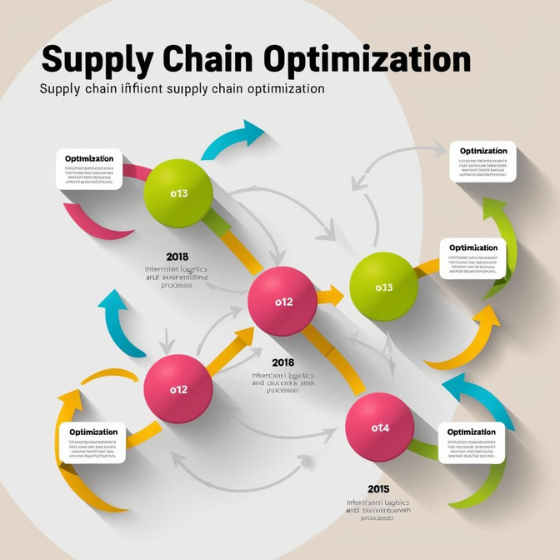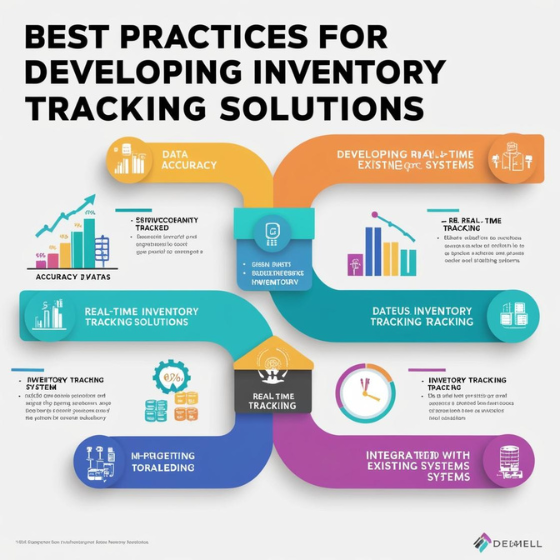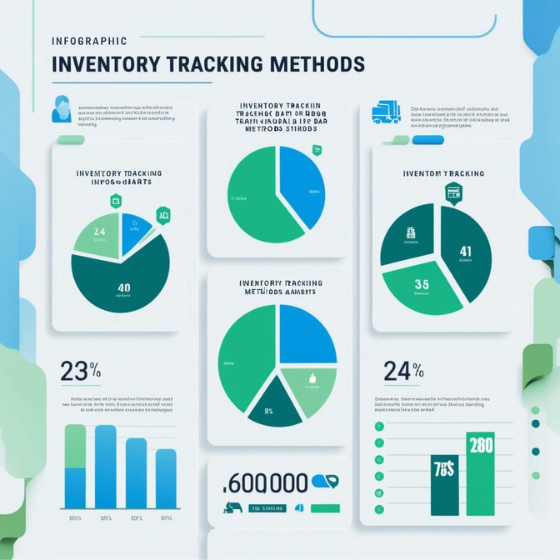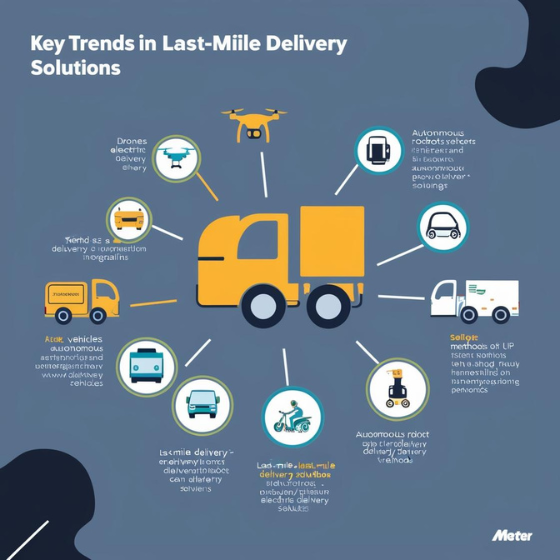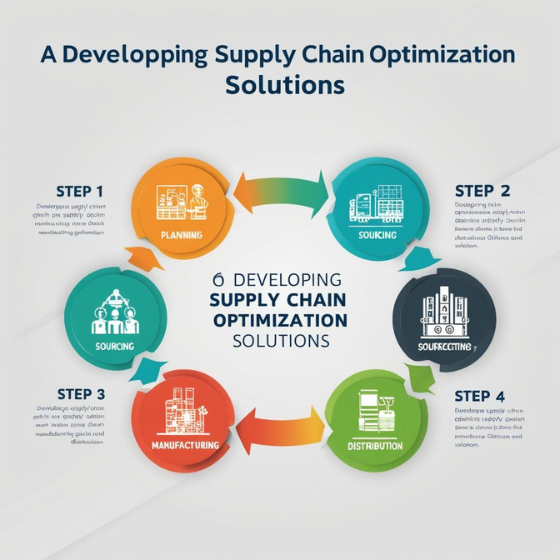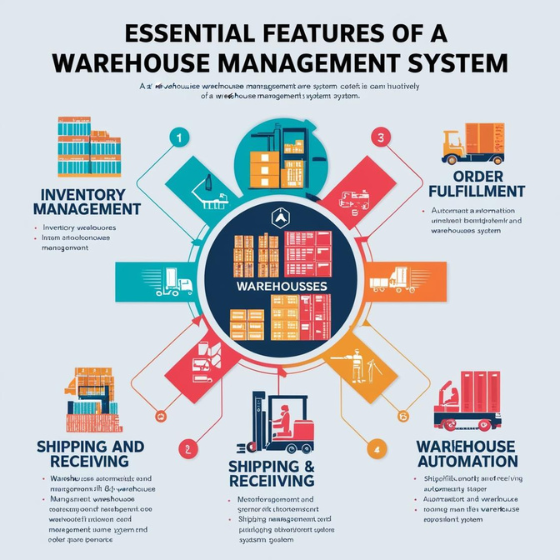Supply Chain Optimization: Improving Efficiency
Introduction
Did you know that companies with optimized supply chains report 15% lower supply chain costs and 50% faster order-to-delivery processes? In today’s hyper-competitive landscape, efficient supply chain management isn’t just an advantage—it’s a necessity.
This blog explores Supply Chain Optimization: Improving Efficiency and how businesses can unlock operational excellence through better planning, processes, and technology. By the end of this blog, you’ll understand the actionable strategies to improve supply chain performance and how Sodio can help transform your logistics operations.
1. Understanding Supply Chain Optimization
Supply chain optimization is the process of improving logistics, operations, and workflows to maximize efficiency and reduce costs. It involves using data-driven strategies to streamline procurement, production, distribution, and inventory management.
Why is it critical for businesses?
- Cost Savings: Inefficiencies in supply chains result in millions of dollars in wasted resources.
- Customer Satisfaction: Faster deliveries and fewer errors improve the customer experience.
- Scalability: An optimized supply chain supports business growth without compromising performance.
If you’re looking for solutions tailored to your industry, Sodio offers customized supply chain management tools to help businesses achieve operational excellence.
2. Key Pillars of Supply Chain Optimization
1. Demand Forecasting
Accurate demand forecasting is the backbone of a robust supply chain. Using advanced analytics, businesses can predict market trends and customer demands more accurately.
Tools for Demand Forecasting:
- AI-powered platforms
- Historical sales data
- Predictive analytics
2. Inventory Management
Maintaining the right inventory levels reduces holding costs and prevents stockouts.
- Best Practices:
- Implement just-in-time (JIT) inventory systems.
- Use inventory tracking software integrated with real-time data.
3. Logistics Optimization
From route planning to last-mile delivery, logistics efficiency is critical for timely operations.
- Strategies:
- Use dynamic route optimization tools.
- Collaborate with third-party logistics providers (3PLs) for scalability.
4. Supplier Relationship Management
Building strong partnerships with suppliers ensures better negotiation, consistency, and quality in materials and services.
- Regular performance evaluations
- Long-term contracts for cost savings
3. The Role of Technology in Supply Chain Optimization
Modern supply chains rely heavily on technology for efficiency. Here’s how advanced solutions are transforming operations:
IoT for Real-Time Tracking
The Internet of Things (IoT) enables companies to monitor shipments in real time. Sensors track temperature, location, and delays, ensuring product quality and timely delivery.
Blockchain for Transparency
Blockchain enhances supply chain visibility, reducing fraud and ensuring traceability.
AI and Machine Learning
Artificial intelligence (AI) optimizes decision-making by analyzing vast amounts of supply chain data, from demand patterns to supplier performance.
Automation
Robotics and automation streamline warehousing, order picking, and packaging, significantly reducing manual errors.
By leveraging Sodio’s technology-driven supply chain solutions, businesses can integrate IoT, AI, and automation to enhance operations.
4. Real-World Examples of Optimized Supply Chains
Case Study 1: Walmart
Walmart’s supply chain is a gold standard in efficiency. By using data analytics, the company ensures minimal stockouts and faster inventory turnover. Its implementation of cross-docking has saved millions in operational costs.
Case Study 2: Amazon
Amazon utilizes robotics and AI to optimize warehouse operations. Its Prime services are a testament to its superior supply chain, offering same-day deliveries to millions of customers.
5. Actionable Strategies to Improve Supply Chain Efficiency
1. Embrace Digital Transformation
Digital tools like ERP systems provide a centralized platform to monitor and control supply chain activities.
2. Optimize Warehouse Layouts
An efficient warehouse layout ensures faster picking and packing processes. Use tools like heatmaps to identify high-traffic zones and redesign accordingly.
3. Enhance Employee Training
Supply chain efficiency is only as good as the workforce behind it. Regular training ensures your team is equipped to handle new challenges and tools.
4. Collaborate Across Departments
Supply chain optimization requires seamless collaboration between procurement, production, and distribution teams.
5. Monitor Key Performance Indicators (KPIs)
Track metrics like order accuracy, cycle times, and cost per order to measure the success of your optimization efforts.
Engagement: Why Choose Sodio for Supply Chain Solutions?
Are you struggling to keep up with the complexities of your supply chain? Sodio specializes in creating tailored solutions for businesses across industries. Whether it’s inventory management, logistics planning, or advanced analytics, Sodio’s expertise ensures you stay ahead of the competition.
In a world where customer expectations are constantly evolving, Supply Chain Optimization: Improving Efficiency is more relevant than ever. By embracing technology, improving collaboration, and implementing data-driven strategies, businesses can create resilient and efficient supply chains.
Ready to transform your supply chain? Contact Sodio today and take the first step towards operational excellence!
